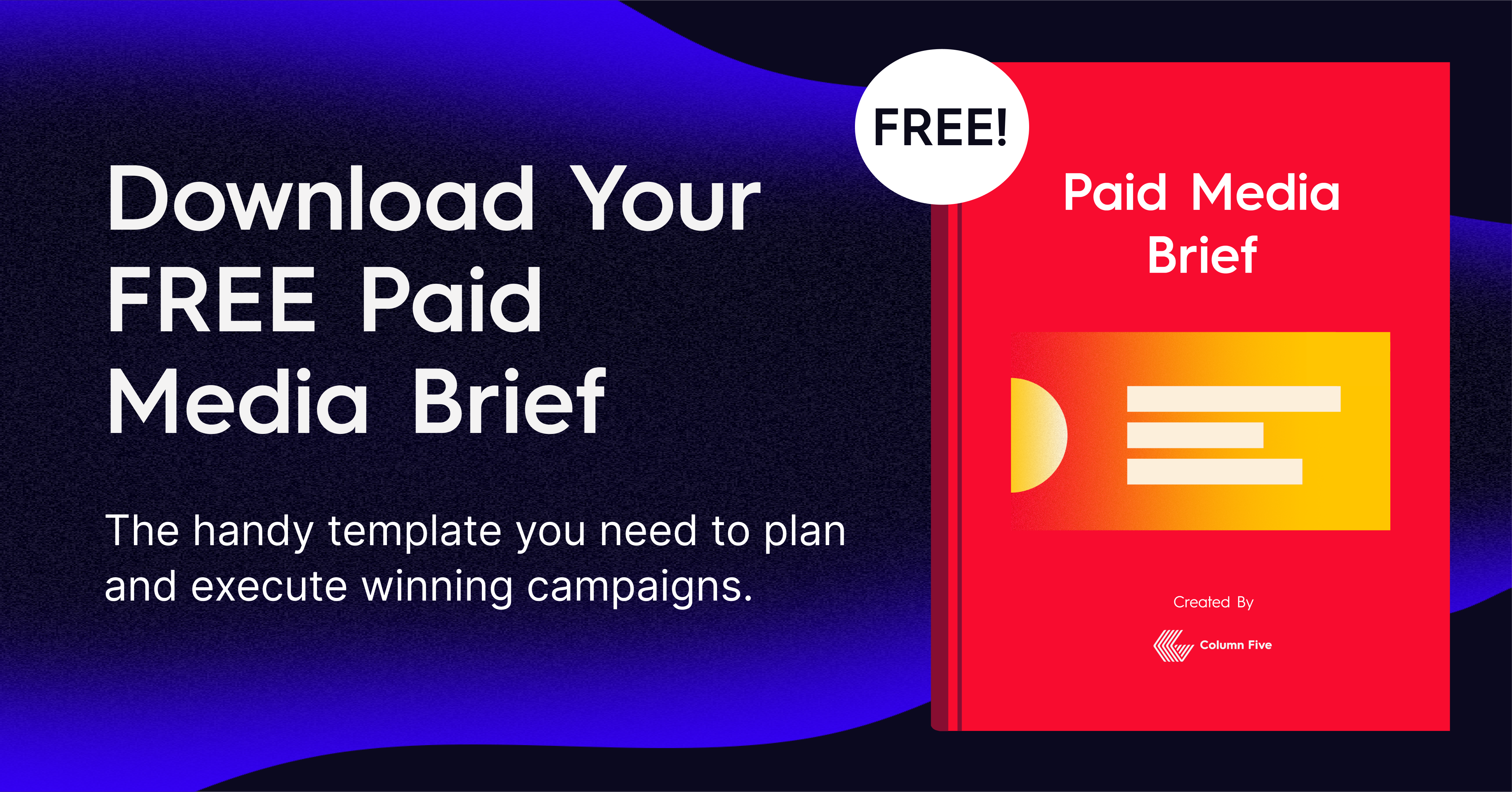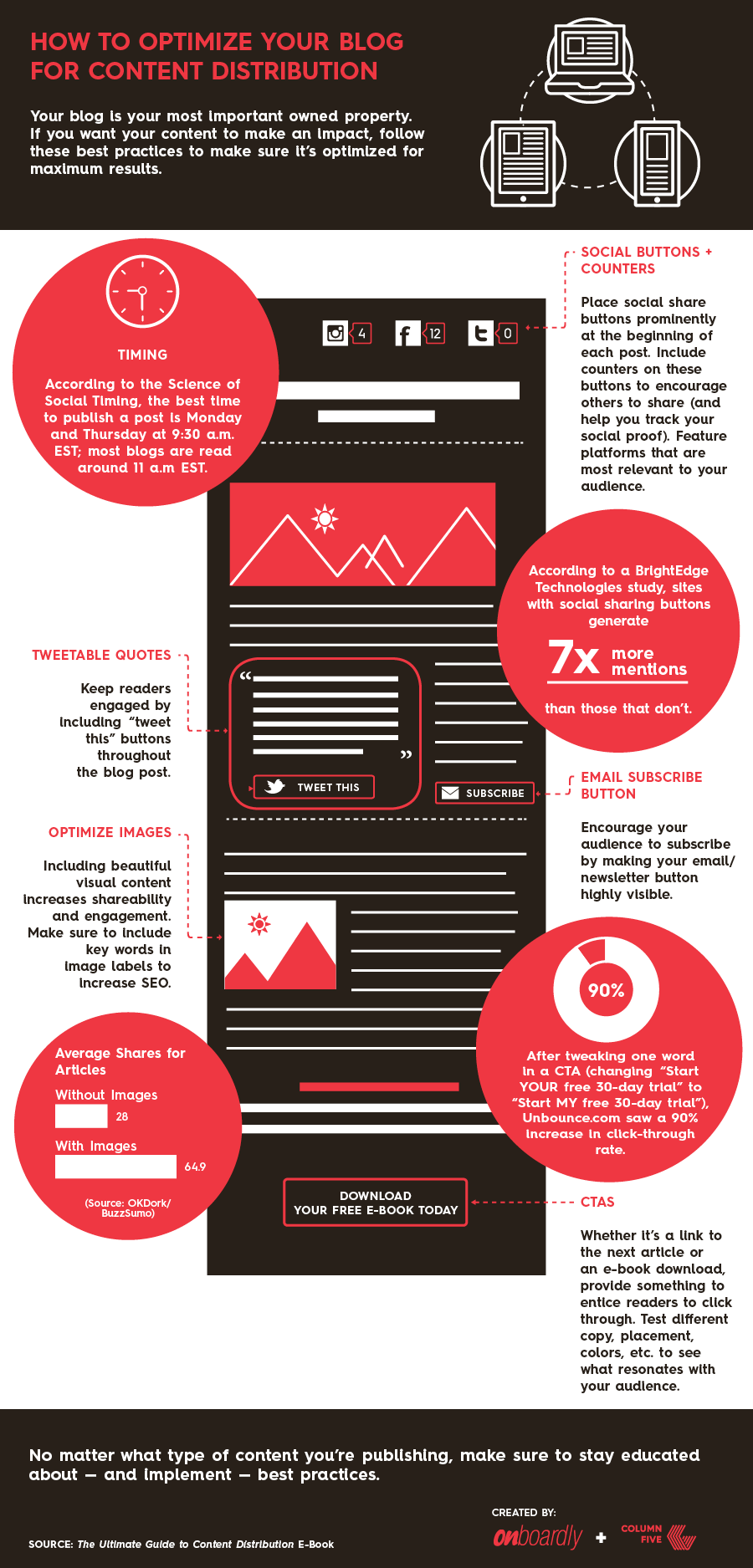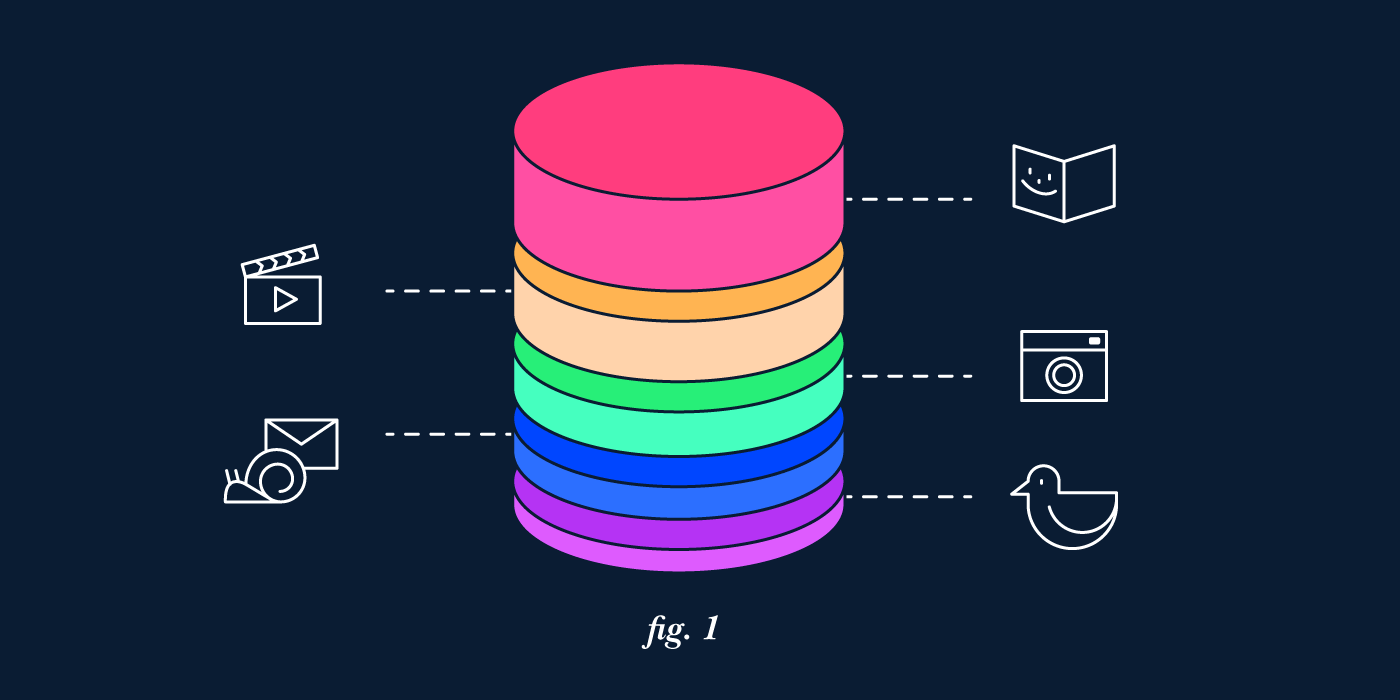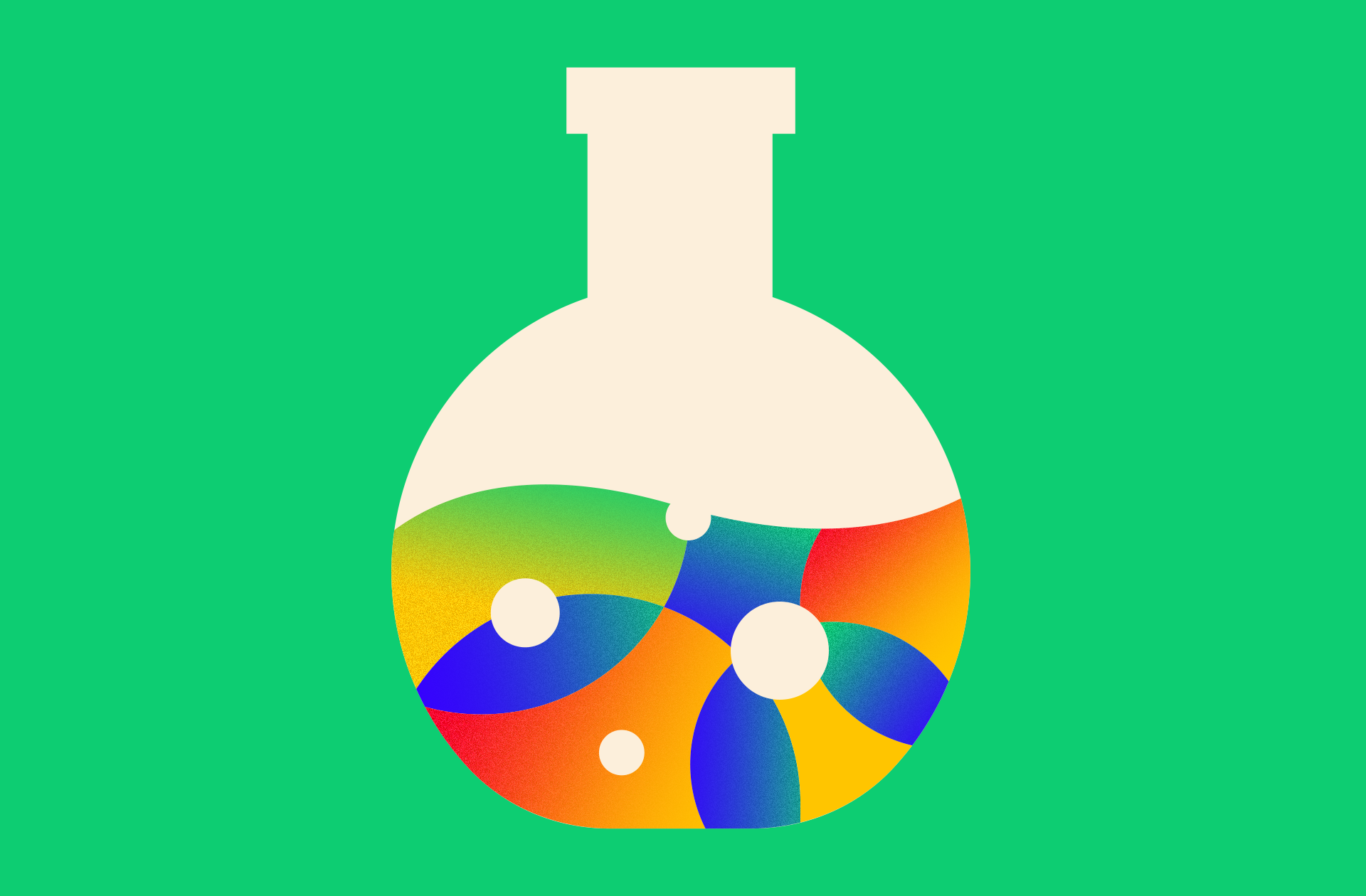If you want your content to reach a lot of people (a lot of the right people), you should have a plan to get it to them—specifically, a content distribution strategy custom-tailored to help you reach your goals.
Many brands include distribution as part of their content strategy, as they should. (If you haven’t done a content strategy, here’s how to get started.) But even those with a distribution strategy can still suffer from simple oversights that prevent their content from working the way it should.
We hate it when bad distribution happens to good content, but we know not everyone has the knowhow to craft a comprehensive distribution strategy. Luckily, having helped brands of all sizes promote their content over the last decade, we know what simple tips, tactics, and elements can improve any content distribution strategy. Hence, we’ve assembled this comprehensive checklist to help you craft and execute one easily and efficiently. If you’re just starting out (or looking to revise your current strategy), you’ll find everything you need right here.

The Ultimate Content Distribution Strategy Checklist
From metrics to media placement, SEO to social, here’s everything you need to do, double check, and keep in mind to help your distribution strategy succeed.
Planning & Strategy
To create a strong distribution strategy, you need a strong understanding of your content goals. Answer these core questions to guide your decision-making.
- What’s your objective? What are you trying to achieve? Thought leadership? Conversions? Brand Awareness? What do you want people to do once they’ve interacted with your content? Whether it’s social shares, page views, or demo downloads, you need to know what your content is supposed to be ultimately do.
- Who are you trying to reach? What type of content do they consume? What level of knowledge do they have? When you understand who those “right” people are, you can better identify how to create content they’ll be interested in. (BTW, if you don’t have a grasp on who you’re targeting, use our handy guide to create marketing personas, which detail your ideal customers’ demographic, psychographic, and behavioral attributes.)
- What channels will you use? You’ll want to target the most effective and relevant channels to reach people. A solid distribution strategy usually includes a healthy mix of owned, earned, and paid.
- Owned: Website, blog, newsletter, social media
- Earned: Social influencers/outreach, traditional media, industry publications, guest contributorships
- Paid: Traditional advertising, social media advertising, sponsored content (advertorial), content discovery and traffic builders (e.g., StumbleUpon or Taboola)
Once you have a core understanding of your goals, you can build the rest of your strategy.
Metrics
There’s no point in sinking money into a media buy or spending all over social if you don’t know how to gauge your success. Now that you have your goals, choose the right KPIs and supporting metrics. We recommend 2-3 metrics per stage of the buyer’s journey. Common metrics include:
AWARENESS
- Reach:
- Impressions
- Views
- Publication pickup
- Social content metrics
- Organic traffic (SEO)
- Perception:
- Brand indexes/surveys
- Social sentiment
CONSIDERATION
- Engagement:
- Traffic
- Time on site
- Lead gen rate
- Leads (not yet qualified)
DECISION-MAKING
- Conversions:
- Leads
- Qualified leads
- MQLs
- SALs
POST-PURCHASE
- Satisfaction and advocacy:
- Product usage
- Customer review scores
- Product registrations
- Account renewals
- Product return rate
- Social fans/follows
(You can also check out our guide to social metrics.) A few additional things to keep in mind:
- Decide how often you’re going to measure content.
- Ensure you have the tools and infrastructure in place to help you track them.
- Set up Google Analytics and UTM codes.
- Double check that pixels are set up correctly on landing pages and content.
- Identify how you are tracking or scoring leads through your marketing automation software.
If you’re just starting, it will be a while before you have enough data history to assess your tactics. Be patient but diligent. Once you have a clearer picture, you will be able to correct course more effectively (or double down on the things that work). To make sure you’re always tracking relevant information, reassess your metrics every 6 months.
Content
One of the most common mistakes in content marketing is creating content first, then kicking it over to the promotion team for distribution—without their input or strategy. Not only does this make it harder for them to promote, it can result in weaker content. To ensure your content will work, consider the following:
- Stories: Distribution should be considered before you even start to brainstorm ideas, as the subjects covered and stories told can encourage or inhibit distribution. If you want placement in a major publication, some stories may be more appealing than others. (One smart way to ensure placement is to create publication-tailored content. See our guide to find out how to do that.) Also consider what category of content will resonate most and help you achieve your goals. Consider:
- Evergreen: Well-crafted evergreen content provides value long after it’s created. Long-form, in-depth evergreen pieces (1,500–3,000 words) are always popular, especially if they include experts or data (both increase credibility, making it something both consumers and social influencers are more likely to gravitate toward).
- Newsworthy: Publishers are always looking for news-related content; if you can tie your content to a trending topic, it’s more likely to get attention. (That said, make sure you don’t newsjack inappropriately.) Check Google Trends and follow publications to identify potential stories or subjects.
- Editorial: An editorial approach lets you create content that is more accessible, shareable, and interesting to people. This can include content meant for thought leadership, entertainment, or general education.
- Brand-centric: Brand-centric content tends to be more sales-oriented and less personal (e.g., product demos, product tutorials, etc.). While this isn’t necessarily captivating to people, it can be useful as they move through the buyer’s journey.
- Formats: The channels you target will influence both the stories you tell and the formats you create. (For example, if the people you’re trying to reach love Instagram, engaging photography and video will be best.) If you’re starting out, you’ll want to experiment with different types of content to see what resonates, such as:
- Photos
- Slideshows
- Infographics
- Interactive infographics
- Motion graphics
- Videos
- Ebooks
- Timeline/editorial calendar: You need to know your publishing timeline, as well as the volume and cadence of publishing in order to secure things like paid placement, media exclusives, etc.
- Titling: An eye-catching headline is the best way to pique interest from viewers and publishers. Remember to use active verbs, and be mindful of character count (60-100 works best). You can also experiment with these headline formulas.
- CTAs: Your content should inspire an action of some sort, whether it’s a product demo or ebook downloads. Include CTAs in your content to guide people to that next step.
- Final proofing: Mistakes aren’t just inconvenient. They can cost you credibility, time, and money. Avoid these issues with a publishing checklist. Before anything goes live, make sure someone takes a final pass for typos, missing sources, incomplete data, image resolution, and other potential issues.
Optimization
One of the most effective ways to get eyes on your content is to optimize it for SEO. Organic traffic will benefit your brand long-term, increasing visibility and helping you dominate keywords related to your business. When you publish, consider your:
- Tools: Again, make sure you have Google Analytics set up, as well as your keyword-tracking software.
- Keywords: Do your research to hone in on the best keywords to use. Include them in your headline, URL, headers, image titles, body copy, etc.
- Cross-links: If you have related content, make sure to cross-link it in the body of your post. (You’ll notice we’ve done this throughout this article.)
In addition to optimizing for SEO, ensure you have optimized your blog to increase traffic and sharing (e.g., add social buttons, newsletter signups, etc.).

Promotion
When it comes time to promote or pitch your content, make sure your team is prepared with the contacts and contents they need. Consider:
- Visual assets: Prepare promo materials, such as images, GIFs, videos, data visualizations, quotes, etc. ahead of time. Make sure all assets are properly sized for social platforms (e.g., FB, twitter, etc.) or print (if sending to a hardcopy publication).
- Ad copy and assets: Make sure they’re sized according to ad specs. You should also run a small test to see which variations are best—before you spend your whole budget.
- Timing: You’ll want to publish content on your blog first, then direct all other traffic back to it.
- Outreach: Follow the rules of outreach: research ahead of time; strategize your pitch timing; craft a short, concise pitch; think of newsy tie-ins; personalize your pitch, etc.
For more tips on promotion, find out how to promote content like a content agency.
Repromotion
Content doesn’t have to die after it’s been published and promoted. There are many ways to keep it fresh and relevant.
- Divisible content: Find out how to turn larger content into multiple assets to extend its shelf-life.
- Repurpose content: Get more mileage out of old content by refreshing, repackaging, and reusing it—or turning it into entirely new content.
For more ways to revamp content, find out how to turn your old ebooks into fresh infographics and how to repurpose your data visualizations.
Above All, Keep Experimenting
Your content strategy and distribution strategy will continue to evolve simultaneously. If things aren’t working or if you think they could work better, we encourage you to test, tweak, revise, and experiment. We also have a few extra resources that can help you do this:
- Save these 100+ content marketing tools and resources to create great content.
- Bookmark these 50+ tools to help you execute your content strategy.
- Download our free e-book, The Ultimate Guide to Content Distribution.
Or if you think you could use a little more guidance, look for outside help. Find out how to vet a content agency or holler at us. We love to talk shop.





